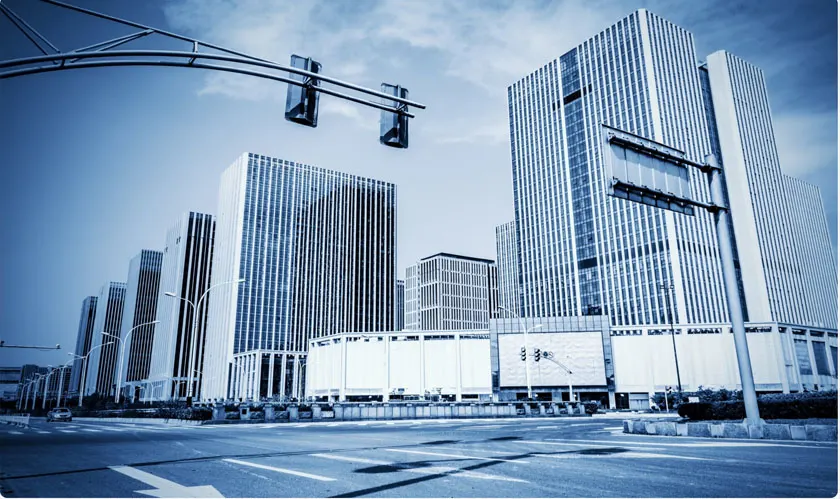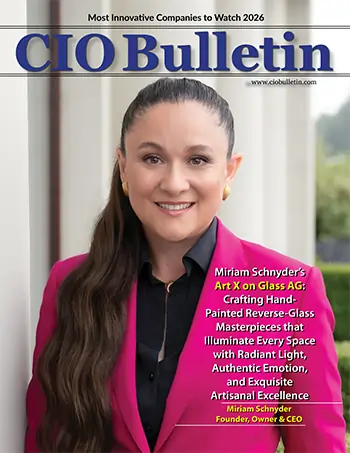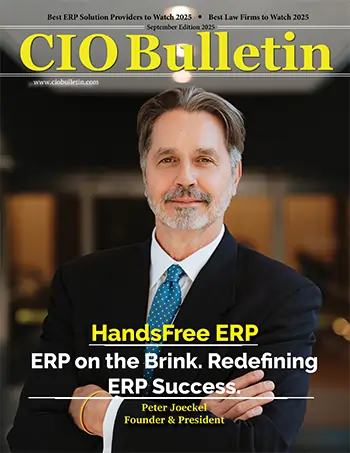Home Services & Solutions Smart infrastructure What Modern Infrastructure Say...
Smart Infrastructure

CIO Bulletin
04 June, 2025
Most people don’t consciously notice infrastructure—until something feels off. A hallway that's hard to manage, an entry that seems uninviting, or a building that looks neglected can all quietly chip away at trust in a brand. These physical spaces send messages long before anyone speaks.
Infrastructure is more than a framework of concrete and steel; it’s a reflection of what a brand believes and how it operates. Design choices, flow, and upkeep aren’t just practical concerns—they reveal how much thought an organization puts into the experience of others. Whether welcoming clients, supporting employees, or engaging the public, every detail tells part of the story.
How people enter a space gives an instant impression. Thoughtful access tools like removable bollards protect pedestrians while allowing flexible vehicle entry. For example, placing retractable posts at the main entrance during peak hours can signal a pedestrian-first approach without fully blocking essential access. These choices suggest whether a brand feels open and welcoming or more closed-off.
The appearance of entry points matters. Well-maintained barriers reflect attention to detail, while broken or messy ones can raise doubts about an organization’s standards. Selecting durable, visually appealing access elements signals a commitment to both safety and presentation—shaping how visitors perceive the brand from the moment they arrive.
A simple, clean design sends a message about being organized and intentional. Straight lines, low-key elements, and smart simplicity make things both useful and nice to look at. For instance, using flush wall-mounted fixtures with no visible wiring can reinforce this sense of order. This kind of design not only works well but also quietly says the brand pays close attention to details.
Strong, long-lasting materials support this idea. Whether it’s how well an access panel blends in or the finish on the walls, these choices show the brand values quality. Using materials that last and look good tells visitors that the brand is reliable and thoughtful.
Spaces that match how people naturally move through them show that the brand understands their needs. Clear walkways that support steady flow, along with comfortable areas to pause, reflect intentional planning. Visual floor cues—such as subtle directional lines or varied textures—can guide movement in intuitive ways. Design choices like this signal that the organization values both ease and comfort, helping to create a welcoming atmosphere.
But when layouts are confusing or cramped, people feel frustrated. Obstacles or a lack of spots to rest make the space less enjoyable, giving off a careless feel. On the other hand, a layout that flows well shows the brand gets what visitors need and has planned accordingly.
Features like ramps, tactile surfaces, and wide doorways quietly answer a big question: who was this space made for? When accessibility is integrated from day one, it reflects a mindset that includes all kinds of users—not just the average one. It shows respect, maturity, and a broader understanding of what people might need.
In contrast, retrofitted solutions often feel like patchwork. A portable ramp next to a sweeping staircase doesn’t just look like an afterthought—it feels like one. These choices speak volumes about priorities. Designing access into the foundation of a space sends a far more human and welcoming message.
The state of a space says a lot about a brand. Clean walls, fresh paint, and working fixtures send the message that quality and professionalism matter. Even something as simple as replacing a flickering overhead light can change how a space is perceived. On the flip side, peeling paint or dirty windows make people think the brand is careless. Taking care of a space tells visitors they matter.
Even little things—like tidy corners or working lights—show discipline. A clean baseboard or a neatly organized utility closet can signal that no part of the space is overlooked. Attention to detail builds pride in the brand and gives visitors a more positive experience. Regular upkeep isn’t just about appearances; it reflects responsibility and shows the brand cares about how it's perceived.
The spaces brands create speak quietly but powerfully. Thoughtful layouts, clean finishes, and accessible features reveal what an organization truly values—without needing to say a word. When a space feels intuitive and well-cared-for, it builds trust and shows that people were considered from the start. Every corner, fixture, and pathway contributes to that impression. Design doesn’t need to be flashy to be meaningful; it just needs to work for real people. Investing in strong, people-centered foundations is one of the clearest ways to show care, professionalism, and awareness in a world that pays attention to the details.

Insurance and capital markets







